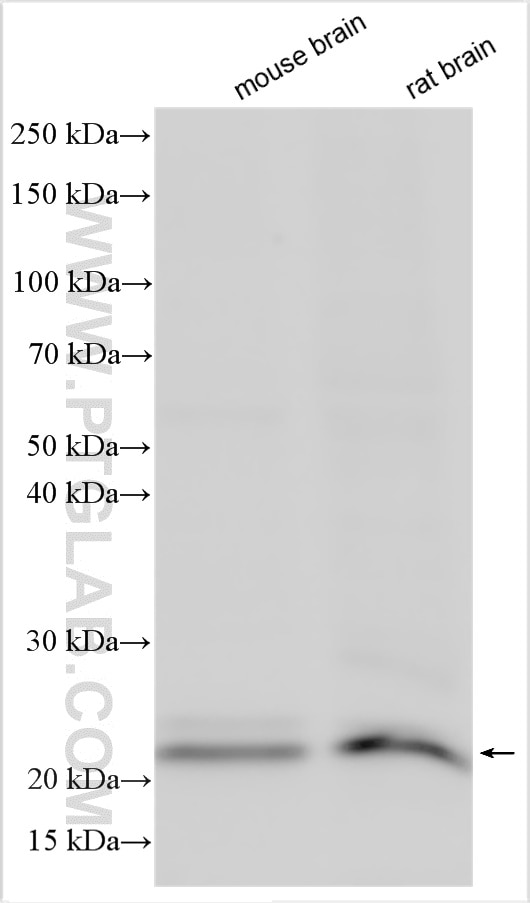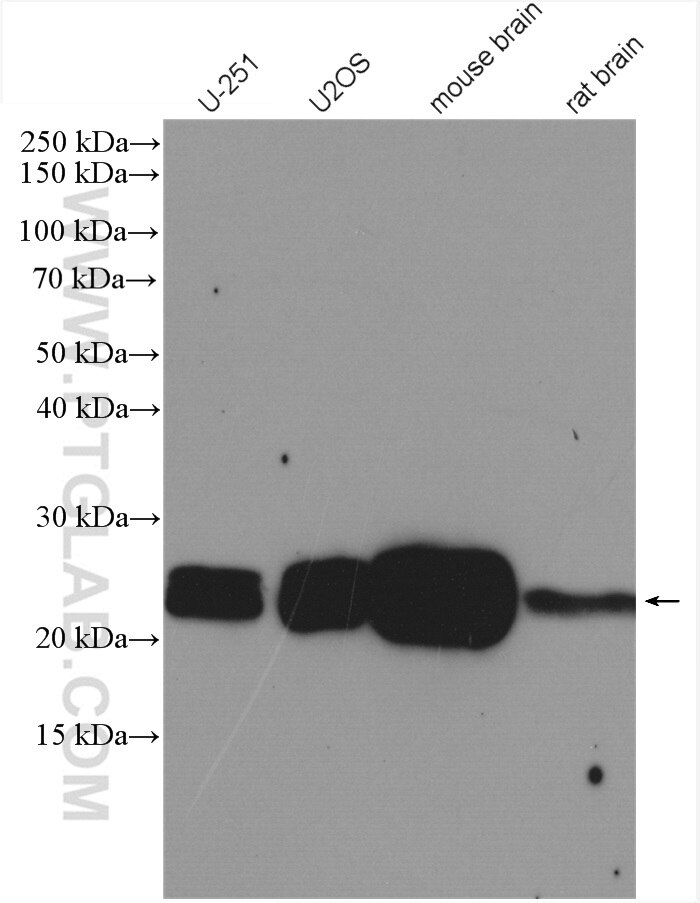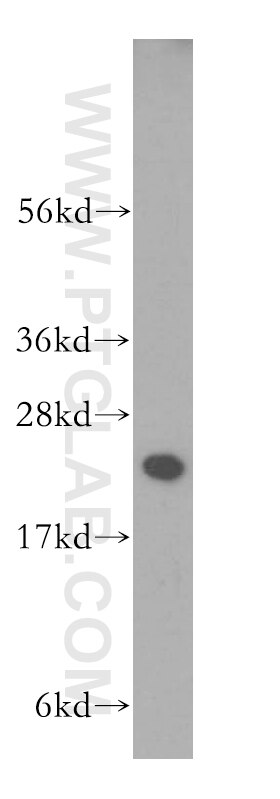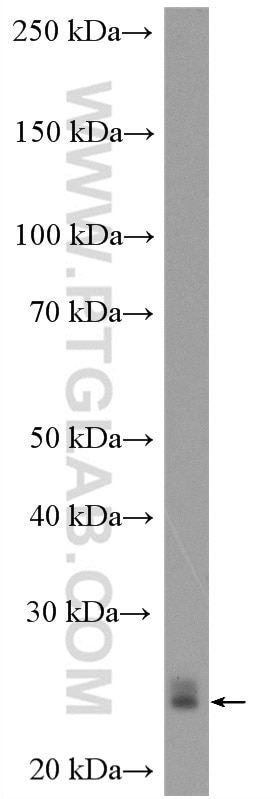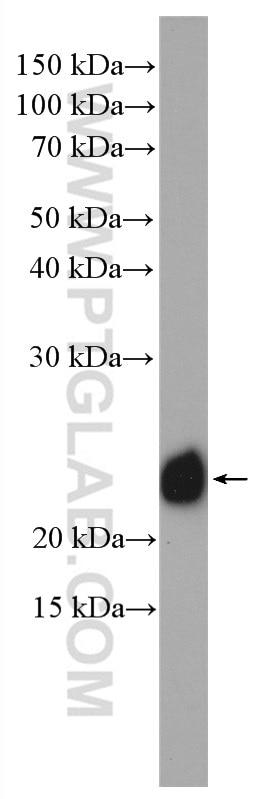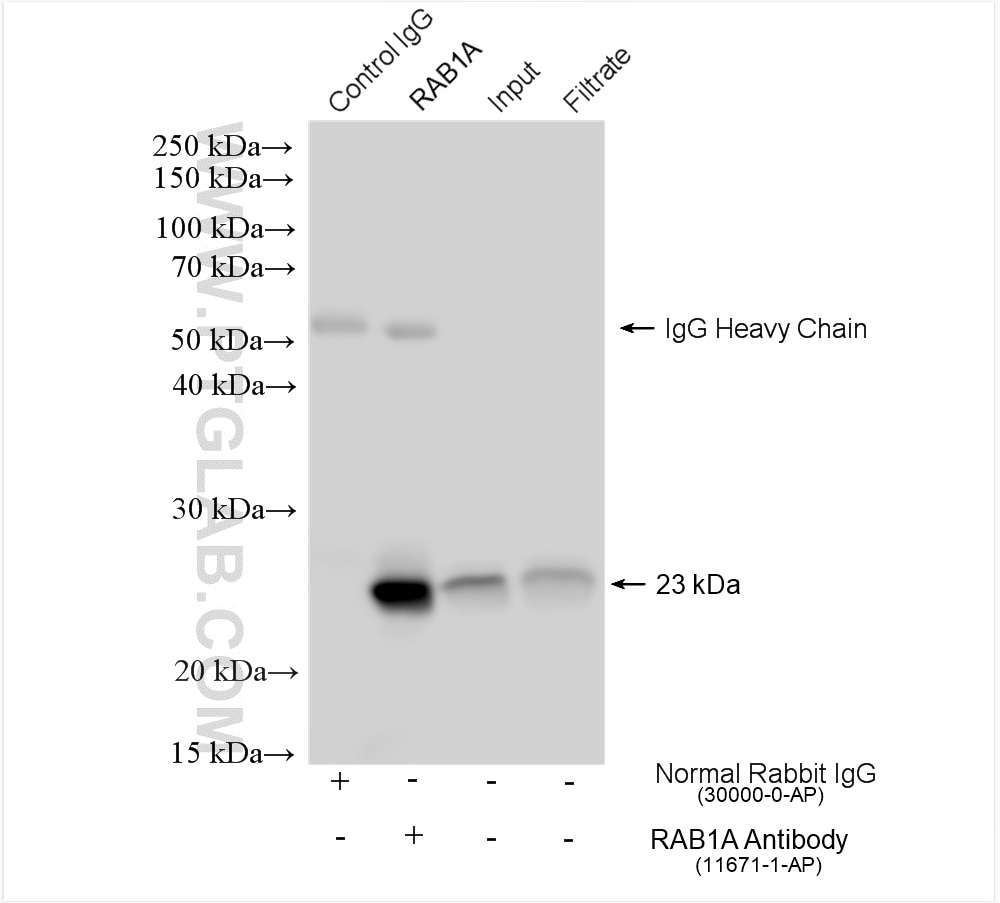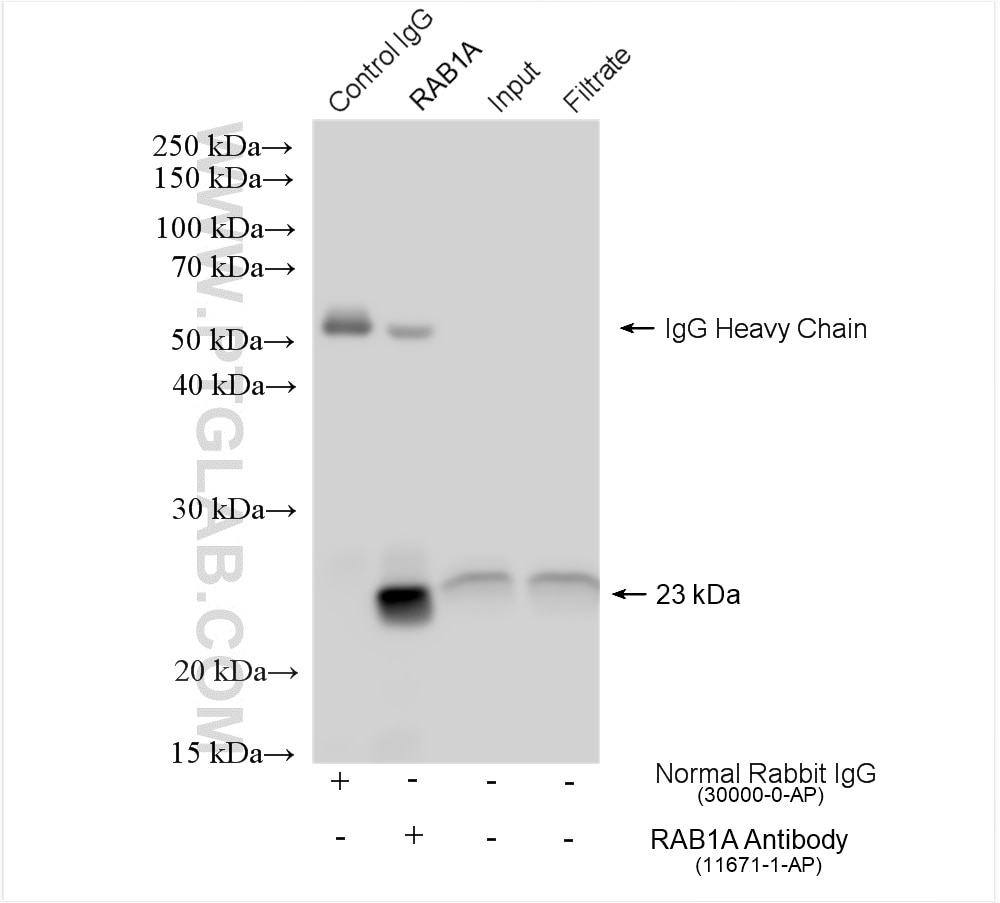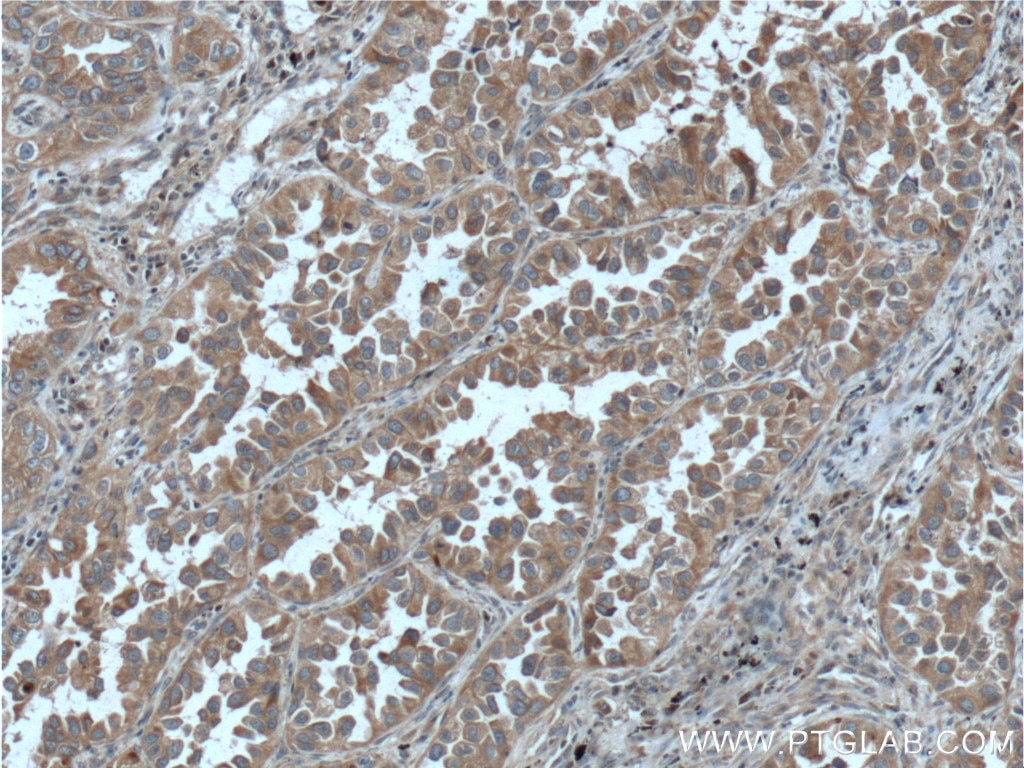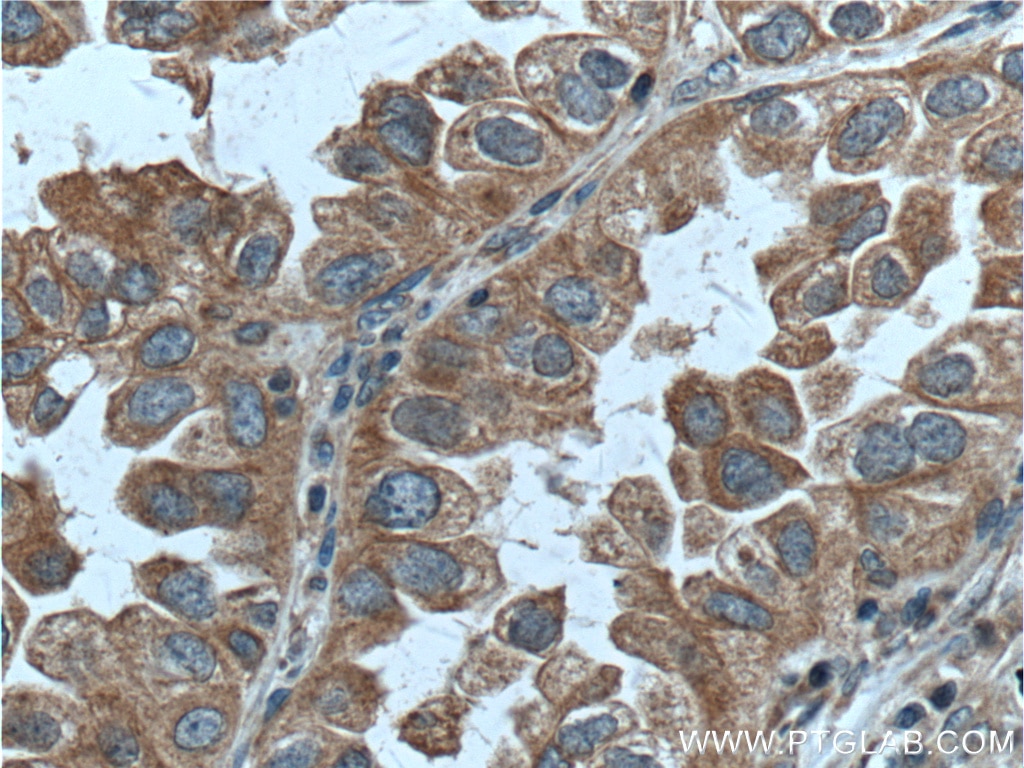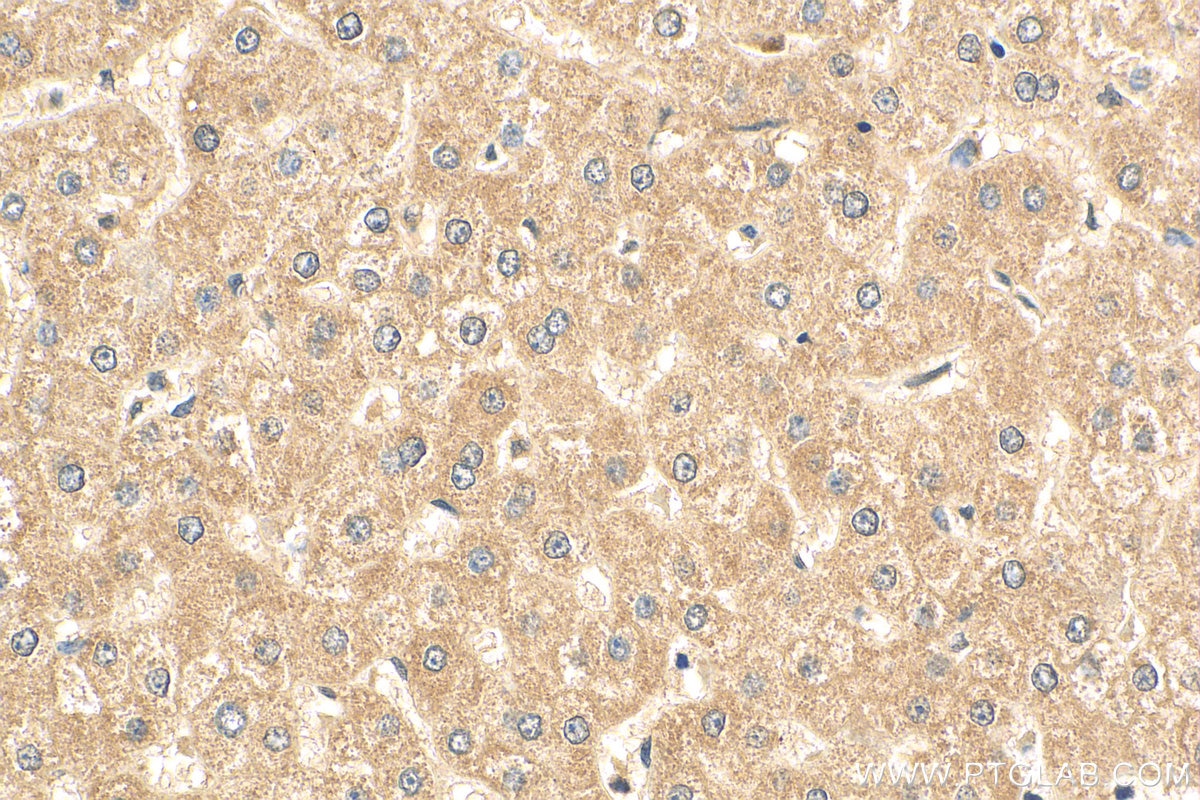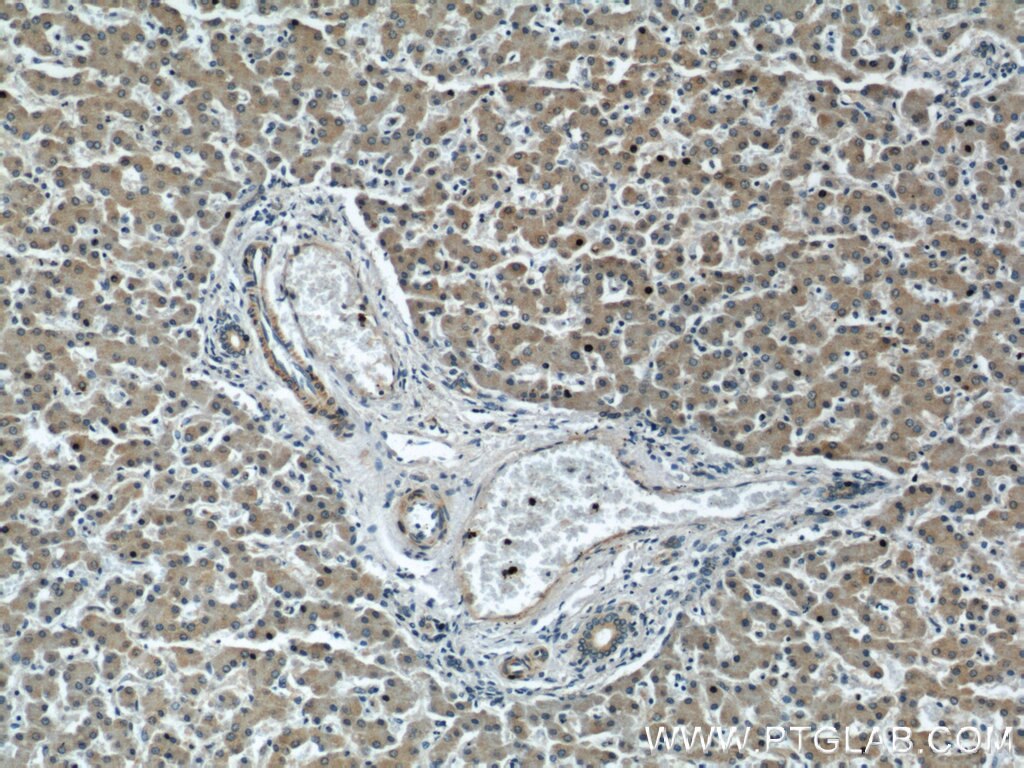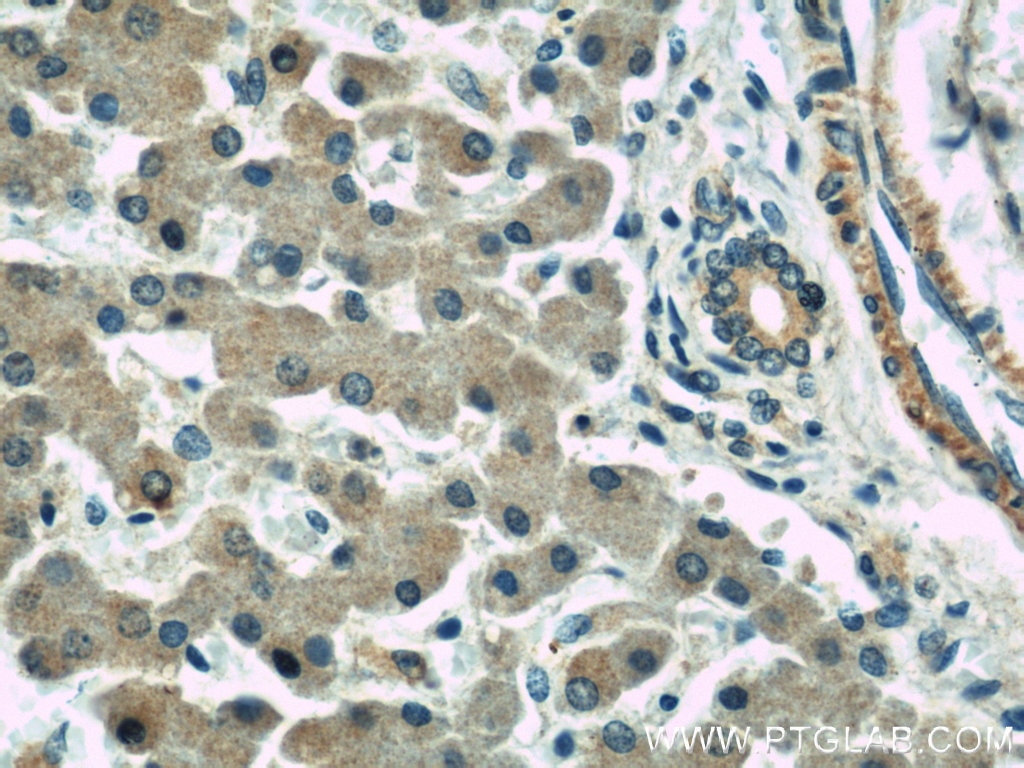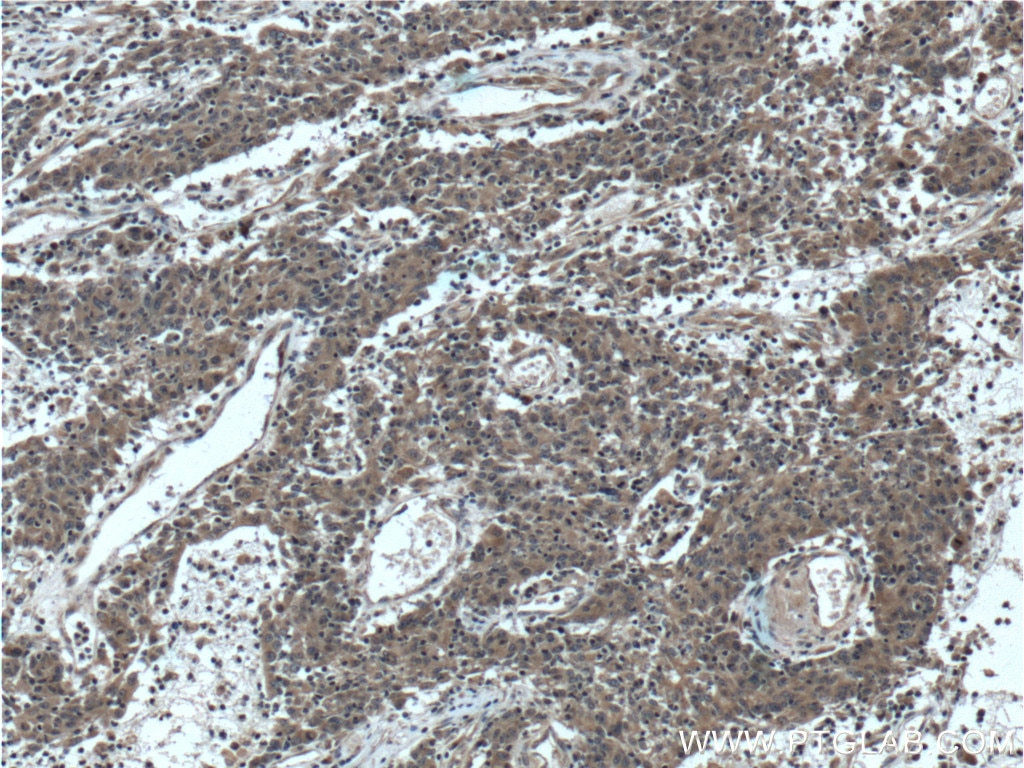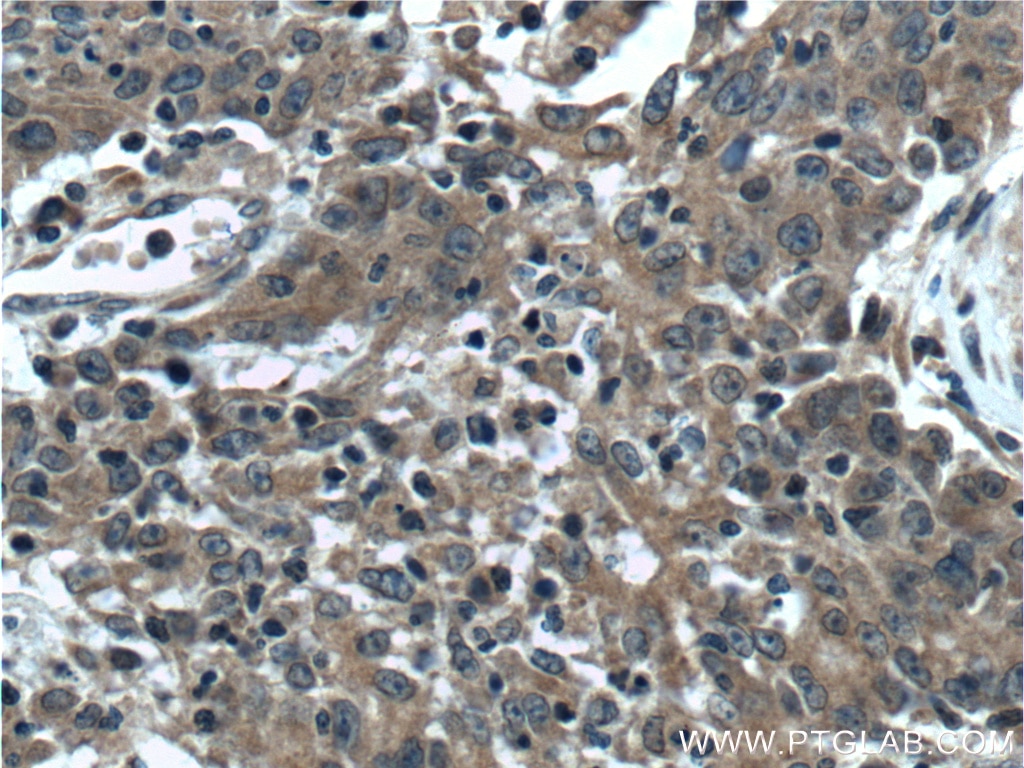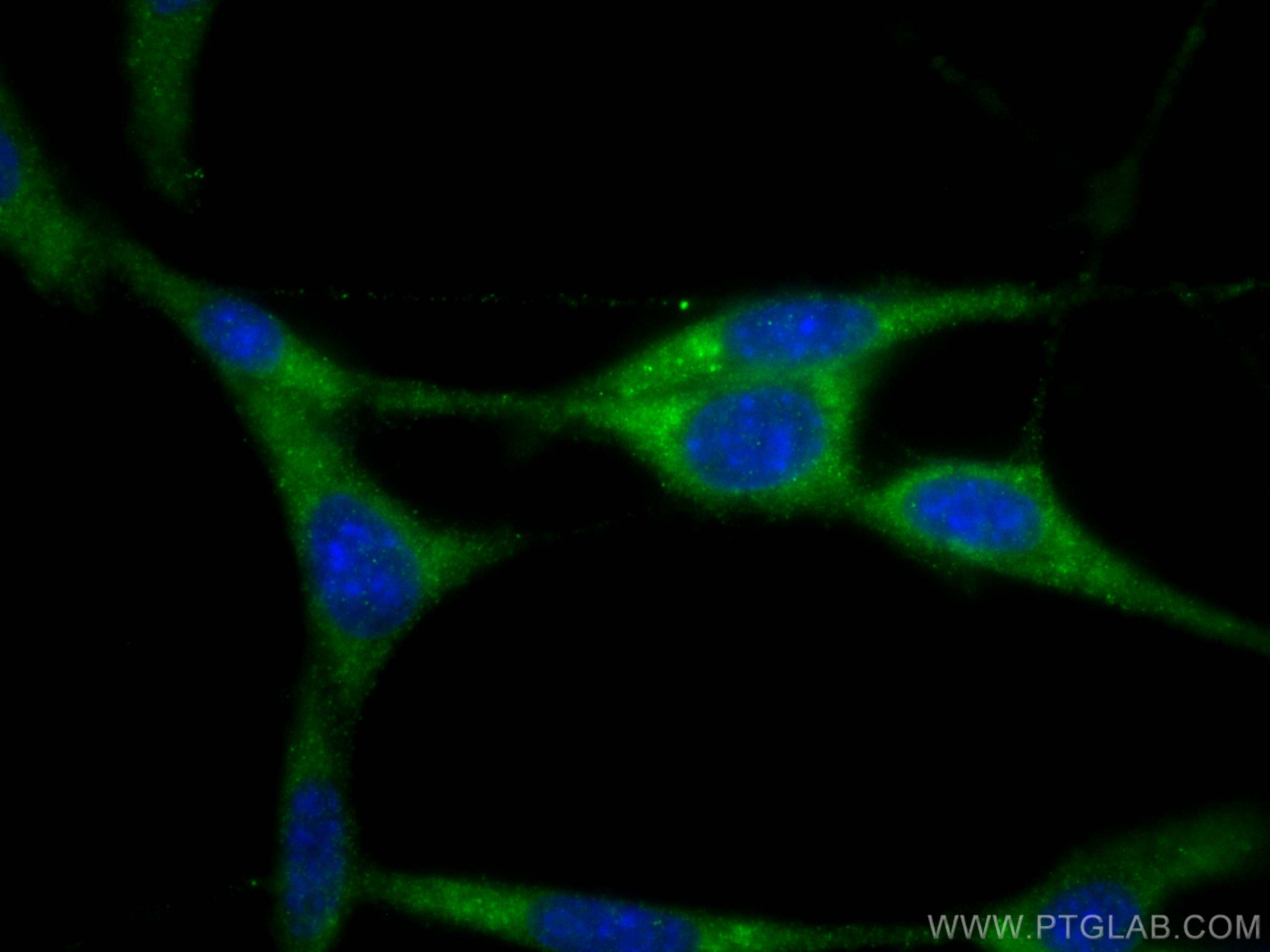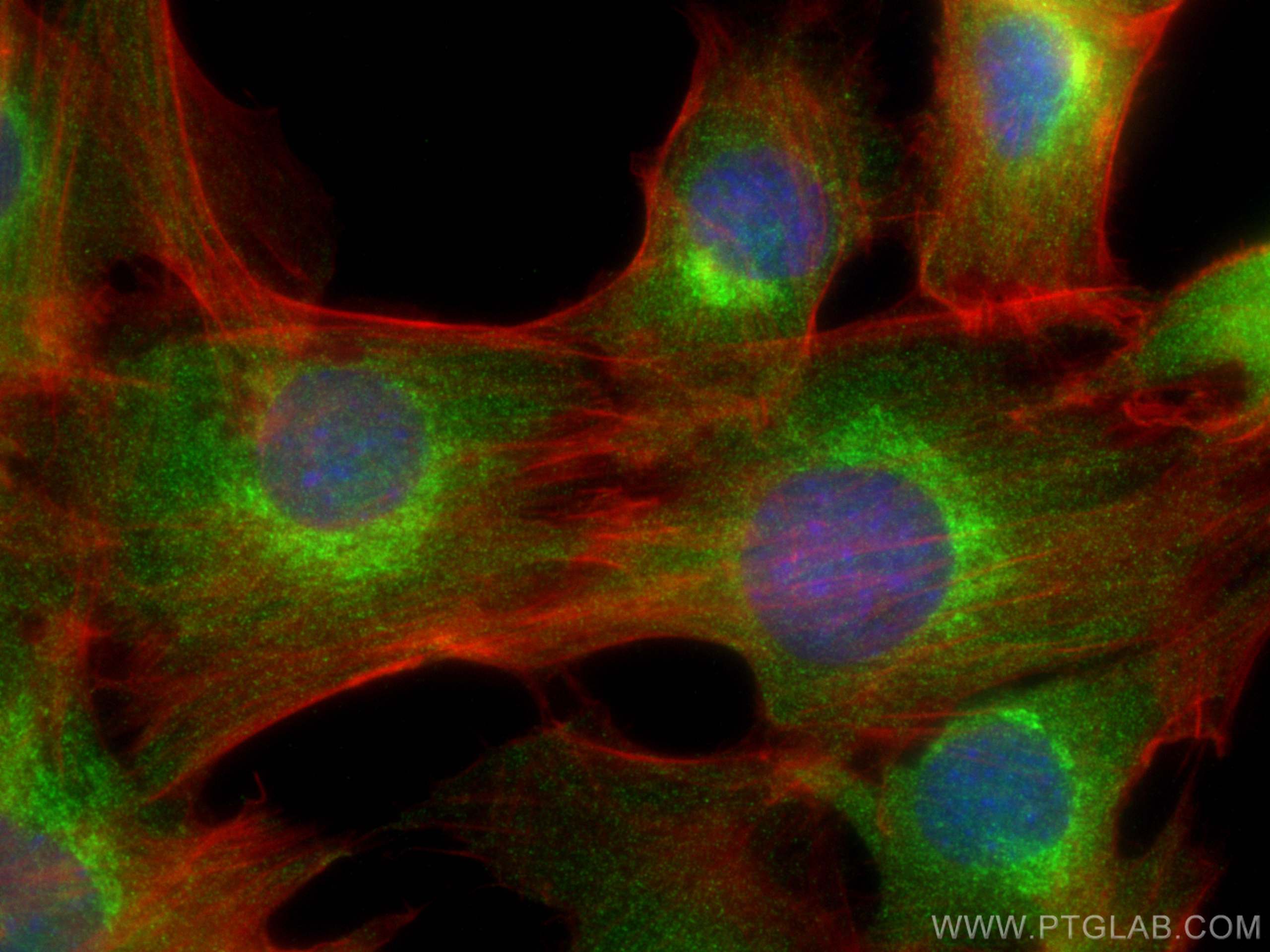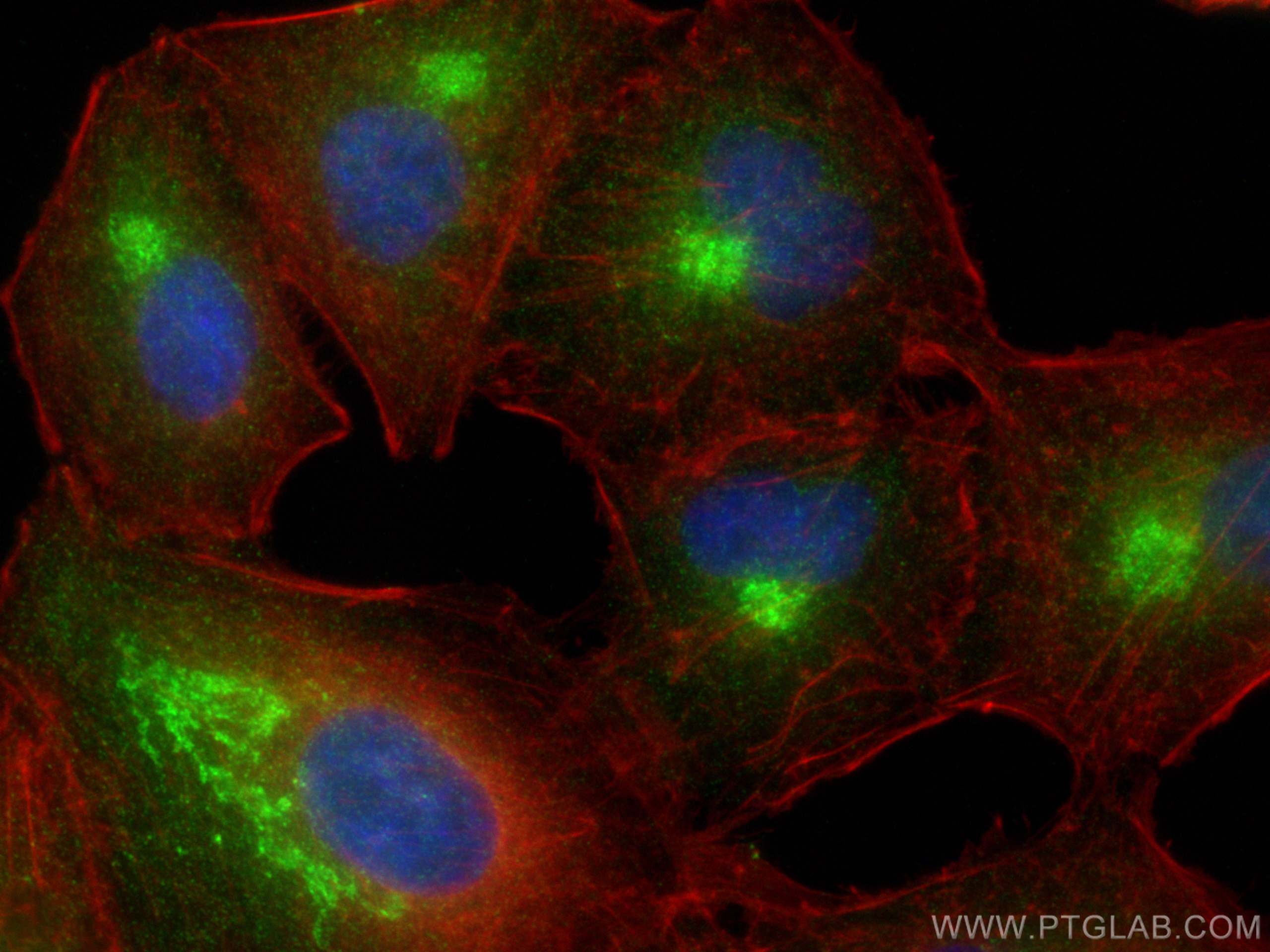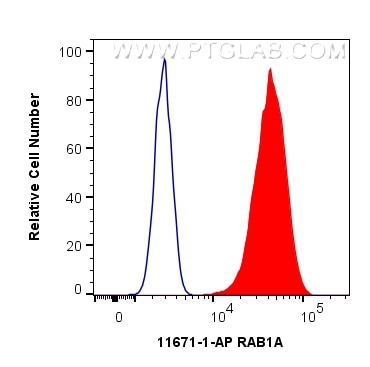Validation Data Gallery
Tested Applications
| Positive WB detected in | mouse brain tissue, human brain tissue, NIH/3T3 cells, U-251 cells, rat brain tissue, U2OS cells |
| Positive IP detected in | A549 cells, C2C12 cells |
| Positive IHC detected in | human lung cancer tissue, human liver tissue, human colon cancer tissue Note: suggested antigen retrieval with TE buffer pH 9.0; (*) Alternatively, antigen retrieval may be performed with citrate buffer pH 6.0 |
| Positive IF/ICC detected in | C2C12 cells, NIH/3T3 cells, A549 cells |
| Positive FC (Intra) detected in | C2C12 cells |
Recommended dilution
| Application | Dilution |
|---|---|
| Western Blot (WB) | WB : 1:2000-1:8000 |
| Immunoprecipitation (IP) | IP : 0.5-4.0 ug for 1.0-3.0 mg of total protein lysate |
| Immunohistochemistry (IHC) | IHC : 1:50-1:500 |
| Immunofluorescence (IF)/ICC | IF/ICC : 1:200-1:800 |
| Flow Cytometry (FC) (INTRA) | FC (INTRA) : 0.40 ug per 10^6 cells in a 100 µl suspension |
| It is recommended that this reagent should be titrated in each testing system to obtain optimal results. | |
| Sample-dependent, Check data in validation data gallery. | |
Published Applications
| KD/KO | See 12 publications below |
| WB | See 17 publications below |
| IHC | See 6 publications below |
| IF | See 7 publications below |
| IP | See 4 publications below |
Product Information
11671-1-AP targets RAB1A in WB, IHC, IF/ICC, FC (Intra), IP, ELISA applications and shows reactivity with human, mouse, rat samples.
| Tested Reactivity | human, mouse, rat |
| Cited Reactivity | human, mouse, rat |
| Host / Isotype | Rabbit / IgG |
| Class | Polyclonal |
| Type | Antibody |
| Immunogen |
CatNo: Ag2264 Product name: Recombinant human RAB1A protein Source: e coli.-derived, PGEX-4T Tag: GST Domain: 1-205 aa of BC000905 Sequence: MSSMNPEYDYLFKLLLIGDSGVGKSCLLLRFADDTYTESYISTIGVDFKIRTIELDGKTIKLQIWDTAGQERFRTITSSYYRGAHGIIVVYDVTDQESFNNVKQWLQEIDRYASENVNKLLVGNKCDLTTKKVVDYTTAKEFADSLGIPFLETSAKNATNVEQSFMTMAAEIKKRMGPGATAGGAEKSNVKIQSTPVKQSGGGCC 相同性解析による交差性が予測される生物種 |
| Full Name | RAB1A, member RAS oncogene family |
| Calculated molecular weight | 205 aa, 23 kDa |
| Observed molecular weight | 23 kDa |
| GenBank accession number | BC000905 |
| Gene Symbol | RAB1A |
| Gene ID (NCBI) | 5861 |
| RRID | AB_2173437 |
| Conjugate | Unconjugated |
| Form | |
| Form | Liquid |
| Purification Method | Antigen affinity purification |
| UNIPROT ID | P62820 |
| Storage Buffer | PBS with 0.02% sodium azide and 50% glycerol{{ptg:BufferTemp}}7.3 |
| Storage Conditions | Store at -20°C. Stable for one year after shipment. Aliquoting is unnecessary for -20oC storage. |
Background Information
Rab1A is a member of the Rab family of small GTPases with a well characterized function in the regulation of vesicle trafficking from the endoplasmic reticulum to the Golgi apparatus and within Golgi compartments. Rab1A has recently been reported an mTORC1 activator and a colorectal oncogene (Janice D. Thomas. et al. 2014. Cancer cell).
Protocols
| Product Specific Protocols | |
|---|---|
| IF protocol for RAB1A antibody 11671-1-AP | Download protocol |
| IHC protocol for RAB1A antibody 11671-1-AP | Download protocol |
| IP protocol for RAB1A antibody 11671-1-AP | Download protocol |
| WB protocol for RAB1A antibody 11671-1-AP | Download protocol |
| Standard Protocols | |
|---|---|
| Click here to view our Standard Protocols |
Publications
| Species | Application | Title |
|---|---|---|
EMBO J Loss of C9ORF72 impairs autophagy and synergizes with polyQ Ataxin-2 to induce motor neuron dysfunction and cell death. | ||
Hum Mol Genet Progressive axonal transport and synaptic protein changes correlate with behavioral and neuropathological abnormalities in the heterozygous Q175 KI mouse model of Huntington's disease. | ||
Cancer Lett Rab1A promotes IL-4R/JAK1/STAT6-dependent metastasis and determines JAK1 inhibitor sensitivity in non-small cell lung cancer.
| ||
Mol Cell Proteomics Quantitative proteomics reveals that only a subset of the endoplasmic reticulum contributes to the phagosome. | ||
Hum Mol Genet Absence of alsin function leads to corticospinal motor neuron vulnerability via novel disease mechanisms. |

